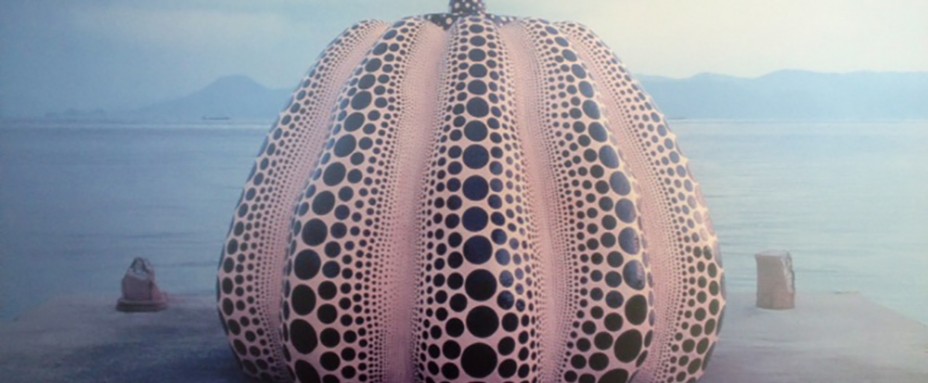
It’s therefore on the island of Naoshima that of Tadao Ando, the star of Japanese architects, he built four museums in the style that embodies him so well, and which combines magic, concrete wood and plant materials. Originally, there was the wild will of a Japanese, Soichiro Fukutak, today an expatriate in New Zealand. His wish? Erecting this island lighthouse of contemporary art and “ensure that the people of Naoshima regain their smile”. On the scene, if not all necessarily wear a broad smile, the feeling of immense pride is vivid. One thing is sure, Naoshima, like his two little sisters, Teshima and Inujima, radiate in the Inland Sea of Seto. Soichiro Fukutake is a billionaire. But above all he’s a passionate art collector. To Noashima, he put on the costume of a sponsor. According to him, “contemporary art allows to question current society”. Naoshima isn’t a gimmick to bring tourists to an island that had lost its luster and splendor about thirty years ago. It’s simply a marvel: in the middle of the Seto Inland Sea, with the backdrop of a metronome of ferries that cross all day long, so finding this charming little island with deserted beaches and translucent coves, its museums (some are buried!), its house galleries and…contemporary works stranded on the beaches. Never seen before: many works are found in museums are run into again on the beaches. Following the example of the famous yellow black spotted pumpkin, the “Yellow Pumpkin” by the Japanese artist, Yayoi Kusama, known worldwide. Here, a dozen of works are scattered in various museums of the island. Attention, here the word “museum” isn’t the same meaning as the Louvre or the Musée d’Orsay. The prejudice is radical: only one, two, three maximum, of artists are referenced by the museum. We discover, for example, with emotional pairings of a South Korean artist, Lee Ufan, artist, a writer and philosopher, who invites us to an amazing reflection on minimalism in a range of achromatic color, or, more surprising, sublime Monet’s that shine to sunlight. This really is another manner to discover contemporary art, through experience (here you must know to shave concrete walls of Tadao Ando which are in themselves, an invitation to an ephemeral ride, know to whisper and often remove the shoes before entering a room). Children are appreciative and will keep an unforgettable memory.I voluntarily rated Naoshima in my column “experiences” because observing works of art stranded on a beach is, in my eyes, a extraordinary moment in life.